Star Wars: Outlaws

Assassins Creed Mirage iOS
Working on a game fully within Apple’s ecosystem was a dream I finally realized with the port of a full Assassin’s Creed game to iOS.
When I first joined Ubisoft, I was handed the Anvil Mobile Team — a small, ragtag group assembled to answer a single question:
Could the massive, console-class Anvil engine run on Apple devices using only Metal?
There was no goal. No project. Very little support (the updates I provided on my team to the other Engine teams was often just a footnote in the bigger scheme of updates). Just a handful of us staring down an unknown future and a graphics stack designed entirely around DirectX. Apple doesn’t support DirectX or Vulkan at all — everything would have to run through Metal. That meant reworking the entire rendering pipeline, reimagining asset loading, and eventually rewriting parts of the engine itself.
Avatar: Frontiers of Pandora

Tom Clancy's Rainbow Six Siege Y6 (2022)

Thyssenkrup Elevators

Meta AR
Spark AR is an augmented reality (AR) creation tool from Meta (Facebook). It allowed users to create AR effects, filters, games, and immersive experiences that can be shared on platforms like Facebook, Instagram, and Messenger. It was depreciated in later 2024.
When Spark AR was still in its early days, I led the charge at then studio Shadow Factory to adopt the platform, seeing its potential beyond just a novelty, but as a powerful new channel for creative, technically-driven marketing that clients would be interested in exploring. In 2017 I applied to be one of the initial 300 beta testers for Meta Spark AR, and went on to play a significant role in shaping the platform’s development for the next four years while at Shadow Factory.

Hong Kong Observation Wheel





